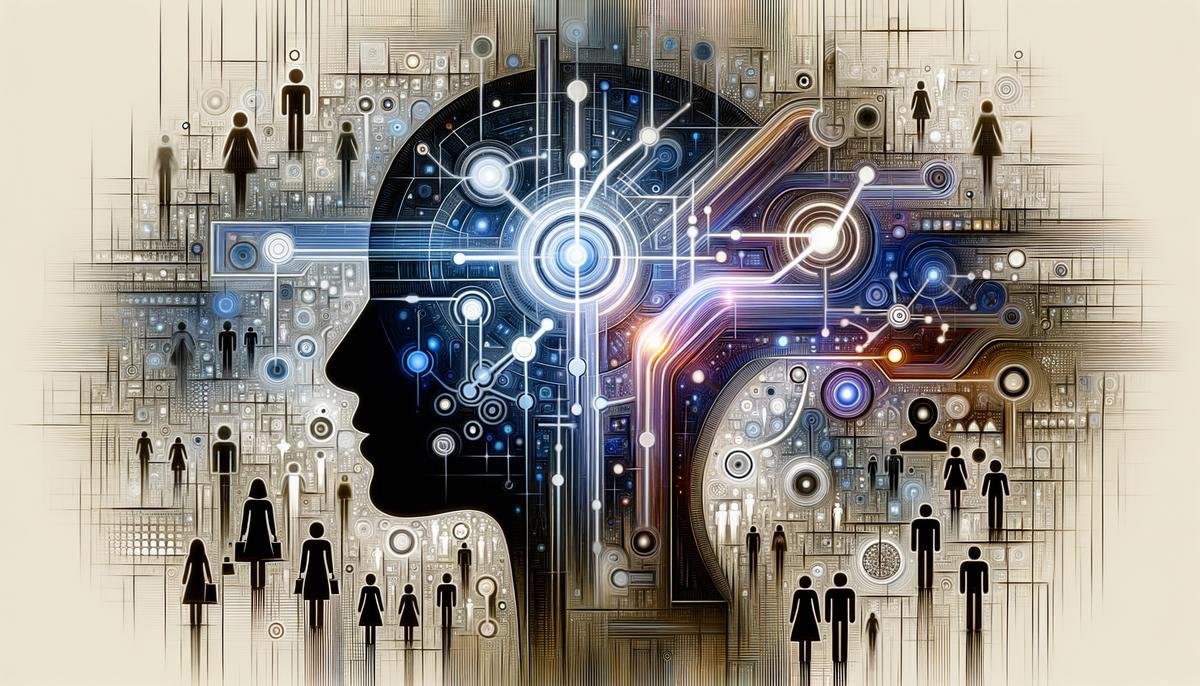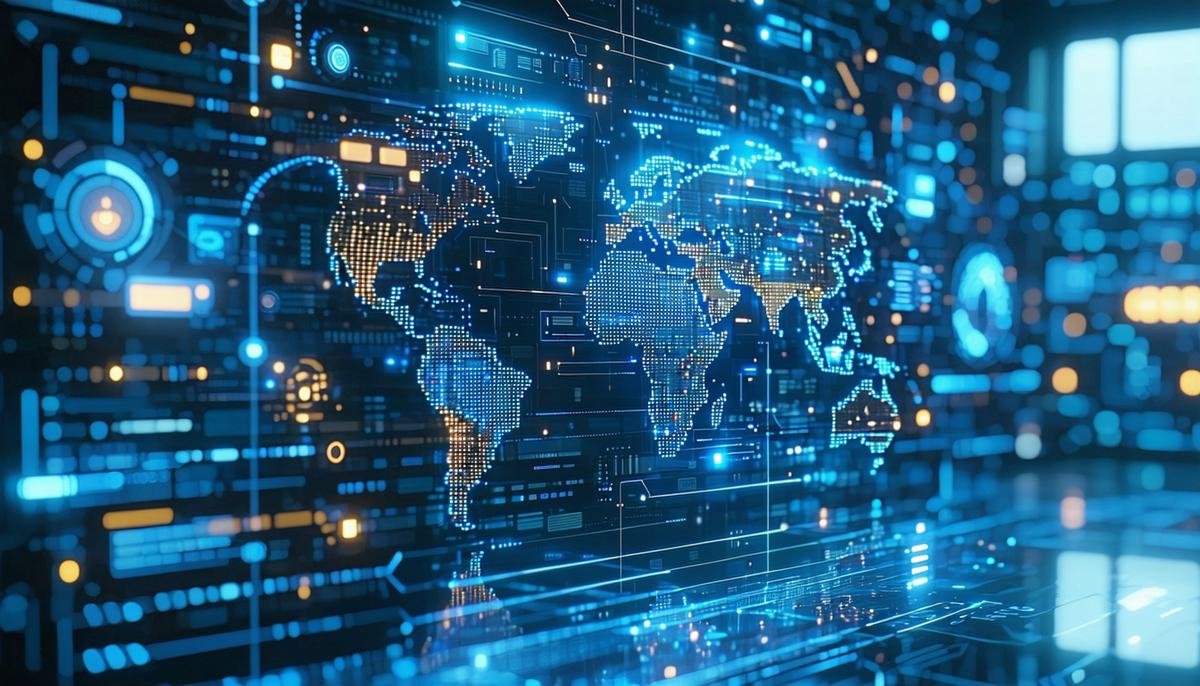Understanding Language Barriers
Language barriers arise when people from different linguistic backgrounds try to communicate but face obstacles. These can stem from differences in languages, dialects, or even word meanings within the same language. For example, asking for a "biscuit" in the United States versus the UK might result in different treats.
In technical fields, jargon adds another layer of complexity. Words like "bug" have specific meanings beyond their common usage, potentially leading to misunderstandings if not clarified.
Cultural differences also play a role in language barriers. Phrases considered polite in one culture might be perceived as blunt in another. These cultural nuances make straightforward translation insufficient, as they often miss the subtleties that convey respect and understanding.
These challenges affect everything from simple conversations to complex business negotiations, potentially shaping relationships, misinterpreting company policies, and even influencing international diplomacy.

AI's Role in Overcoming Language Barriers
AI technologies are making significant strides in breaking down language barriers. Leveraging machine learning and natural language processing, these systems are becoming adept at translating and interpreting across languages, dialects, and cultural nuances.
Large language models like GPT-4 offer real-time translation tools that bridge gaps with improved accuracy and speed. These AI-driven solutions are being utilized across various sectors:
- Business: AI translation tools streamline international negotiations and conferences, ensuring all participants can communicate effectively.
- Healthcare: AI assists doctors and patients who don't share a common language, helping to overcome communication barriers that could otherwise affect treatment.
- Education: AI translations make learning materials accessible to non-native speakers, broadening the reach of online courses globally.
- Media: Companies like XL8 are enhancing media localization by adapting content for different audiences, capturing the essence of stories across cultures.
While AI-driven language tools have limitations, such as interpreting sarcasm or humor, their continual development suggests a future where these systems can pick up on subtleties similar to human interpreters. AI complements human translators, handling repetitive tasks and allowing humans to focus on nuanced communication that requires cultural insight.
Applications of AI in Translation and Localization
AI is redefining translation and localization processes through various applications:
- Pre- and post-editing: AI tools like ChatGPT and Smartling use large language models to refine translations, ensuring they align with cultural contexts and maintain coherence.
- Content translation: Advanced AI systems like DeepL employ deep learning techniques to understand text meaning and tone, producing translations that feel natural to readers.
- Real-time interpretation: Neural machine translation models facilitate conversation flows that mimic human interactions, useful for international business meetings, medical consultations, and educational webinars.
These AI applications have transformative effects across sectors:
- Media and entertainment: AI translates and localizes dialogues, maintaining nuance and humor for non-native audiences.
- Business: AI translation services accelerate global market entries by adapting content to regional languages and conventions.
- Healthcare: Real-time AI interpretation enables effective communication between medical practitioners and patients across language divides.
- Education: AI translation of educational materials extends learning opportunities to international students.
While AI tools like ChatGPT, DeepL, and Smartling revolutionize global communication, human translators remain valuable for their cultural insights and sensitivity to tone.

AI and Inclusive Language
AI technologies are increasingly adept at promoting inclusive language, which avoids biases and discriminatory expressions. These systems analyze large datasets to identify non-inclusive language patterns and suggest more inclusive alternatives.
Applications of AI in fostering inclusive language include:
- Recruitment: AI tools can screen job advertisements for gendered language or potential biases, proposing neutral alternatives.
- Customer service: AI-powered chatbots can be trained to recognize and adapt responses to be more universally accessible and friendly.
- Translation services: AI translators equipped with cultural datasets can provide translations that are both accurate and culturally sensitive.
- Content creation: AI can analyze communication strategies across demographics, helping businesses fine-tune their language for optimal inclusivity and reach.
By integrating AI to promote inclusive language, organizations can connect more effectively with diverse audiences, fostering greater engagement and loyalty.

Future of AI in Global Communication
The future of AI in global communication is promising, with continued advancements in translation technology. Key developments include:
- Integration of multilingual models into everyday communication platforms, enabling real-time translation in various settings.
- More contextual translations that accommodate cultural references, idiomatic expressions, and industry-specific jargon.
- Improved voice translation technology for real-time interpretation, benefiting industries reliant on verbal communication.
- Hybrid systems combining AI capabilities with human oversight to ensure cultural sensitivity and nuanced accuracy.
As AI evolves, addressing challenges such as potential biases in training data and ensuring accessibility across the digital divide will be crucial. The goal is to create an inclusive digital ecosystem where AI fosters authentic interactions and bridges gaps in communication, education, business, and cultural exchange.

AI's role in bridging language gaps is becoming increasingly important, with the potential to facilitate effortless communication across languages and foster global understanding and connection. As the global language services market is expected to reach $72.2 billion by 2027, AI will play a significant role in this growth, enabling businesses to expand their reach and cater to diverse consumer preferences.
- Grand View Research. Global Language Services Market Size Report, 2020-2027.




